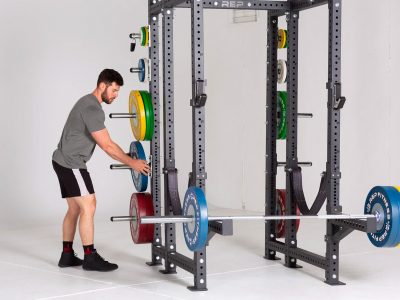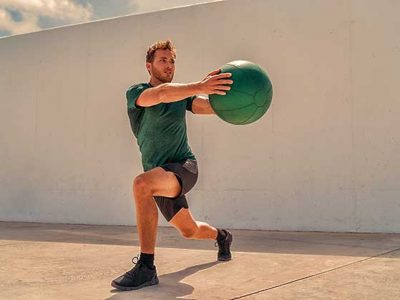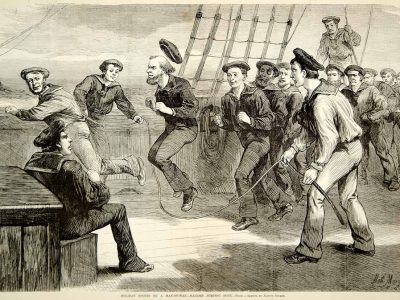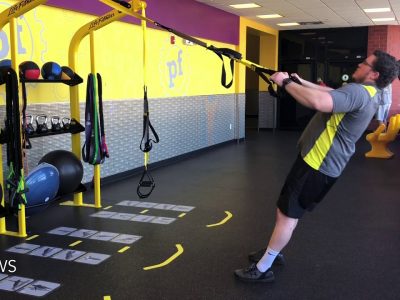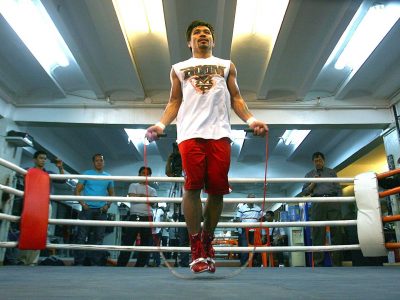Ever wondered exactly how many calories you can incinerate during a kettlebell swing workout?
This article will guide you through various factors influencing your calorie burn during these fiery sessions and how best to calculate it.
Bạn đang xem: How Many Calories Does Kettlebell Swings Burn Updated 07/2024
Keep reading if you’re ready to kick your fat-burning workout up a notch with kettlebells.
The Calories Burned from Kettlebell Swings
Factors affecting calorie burn
Depending on a variety of variables, the number of calories burned from kettlebell swings can vary greatly.
Here are some significant factors to consider:
- Basal Metabolic Rate (BMR): This is the rate at which your body uses energy when it’s in rest mode. The higher your BMR, the more calories you burn even when you’re not working out.
- Intensity of the Workout: High-intensity kettlebell swings can burn about 400 calories in half an hour as per the American Council on Exercise. So, if you up the intensity, you up your calorie burn.
- Body Weight: Because it requires more effort to move a larger mass, heavier people tend to burn more calories than lighter ones during workouts. For instance, American women with an average weight of 170 lbs burn 133 calories in a 10-minute kettlebell workout.
- Number of Reps: More reps mean more calorie burn. You can expect to torch around 100 calories per 100 kettlebell swings if done correctly.
- Type of Swing: Depending on whether it’s one-handed or two-handed swings or high-intensity interval training with kettlebells, different types can dictate different calorie counts. Like for a person weighing 175 pounds will torch approximately 816 calories per hour doing intensive intervals with kettlebells.
- Duration of the Workout: Longer workouts generally translate to higher caloric expenditure, just like how a person burns around 713 calories per one-hour session doing two-handed swings.
Basal Metabolic Rate (BMR)
Your Basal Metabolic Rate (BMR) is the number of calories your body requires to maintain basic bodily functions at rest.
It represents the energy needed for essential processes like breathing, digestion, and circulation.
Xem thêm : How Much Does A Dumbbell Bar Weigh Updated 07/2024
Your BMR is influenced by factors such as age, gender, height, weight, and muscle mass.
For example, a 40-year-old man weighing 75kg and measuring 185cm tall burns around 713 calories per hour by doing two-handed kettlebell swings.
This calorie burn includes both the energy expended during exercise and the additional calories burned due to an elevated metabolic rate.
Tips for Maximizing Calorie Burn with Kettlebell Swings
Proper form and technique
- Maintain a shoulder – width stance with your feet.
- Hold the kettlebell handle with both hands, keeping your palms facing inward.
- Keep your core engaged and stand tall with your chest lifted.
- Initiate the movement by hinging at the hips and bending your knees slightly.
- Swing the kettlebell back between your legs while maintaining a straight back and flat shoulders.
- Drive through your hips and explosively extend them, swinging the kettlebell forward and up to shoulder height.
- Use the power generated from your hips to propel the kettlebell, not relying on arm strength alone.
- Keep the movement fluid and controlled, avoiding any jerking or excessive swinging motions.
- Engage your glutes at the top of the swing to ensure a full range of motion and maximum calorie burn.
Increasing intensity
To maximize calorie burn with kettlebell swings, it’s important to increase the intensity of your workouts.
This can be done by gradually increasing the weight of the kettlebell you use. As you build strength and endurance, challenge yourself by opting for a heavier kettlebell that pushes your limits.
Additionally, you can incorporate interval training into your routine, alternating between periods of intense swinging and short rest periods.
This high-intensity approach not only increases calorie burn during the workout but also boosts your metabolism for hours after you finish exercising.
By continuously pushing yourself and gradually increasing intensity, you’ll achieve better results in terms of both calorie burn and overall fitness gains.
Incorporating variations
Xem thêm : How To Calculate Weight On Barbell Updated 07/2024
To maximize the calorie burn with kettlebell swings, it’s important to incorporate variations into your workout routine.
By changing up your movements and adding different exercises, you can keep your body guessing and increase the intensity of your workout.
One effective variation is using a heavier kettlebell or increasing the weight gradually as you build strength. This will challenge your muscles more and require more energy expenditure, resulting in higher calorie burn.
Additionally, you can try incorporating two-handed kettlebell swings for an extra challenge. This exercise engages multiple muscle groups simultaneously, allowing you to burn even more calories in less time.
Conclusion
In conclusion, kettlebell swings can be a highly effective exercise for burning calories.
The exact number of calories burned will depend on factors such as intensity, duration, and individual characteristics like weight and metabolism.
However, incorporating kettlebell swings into your fitness routine can definitely contribute to your calorie-burning goals.
So grab that kettlebell and start swinging your way to a fitter you!
Nguồn: https://usgyms.net
Danh mục: Gym Equipment

